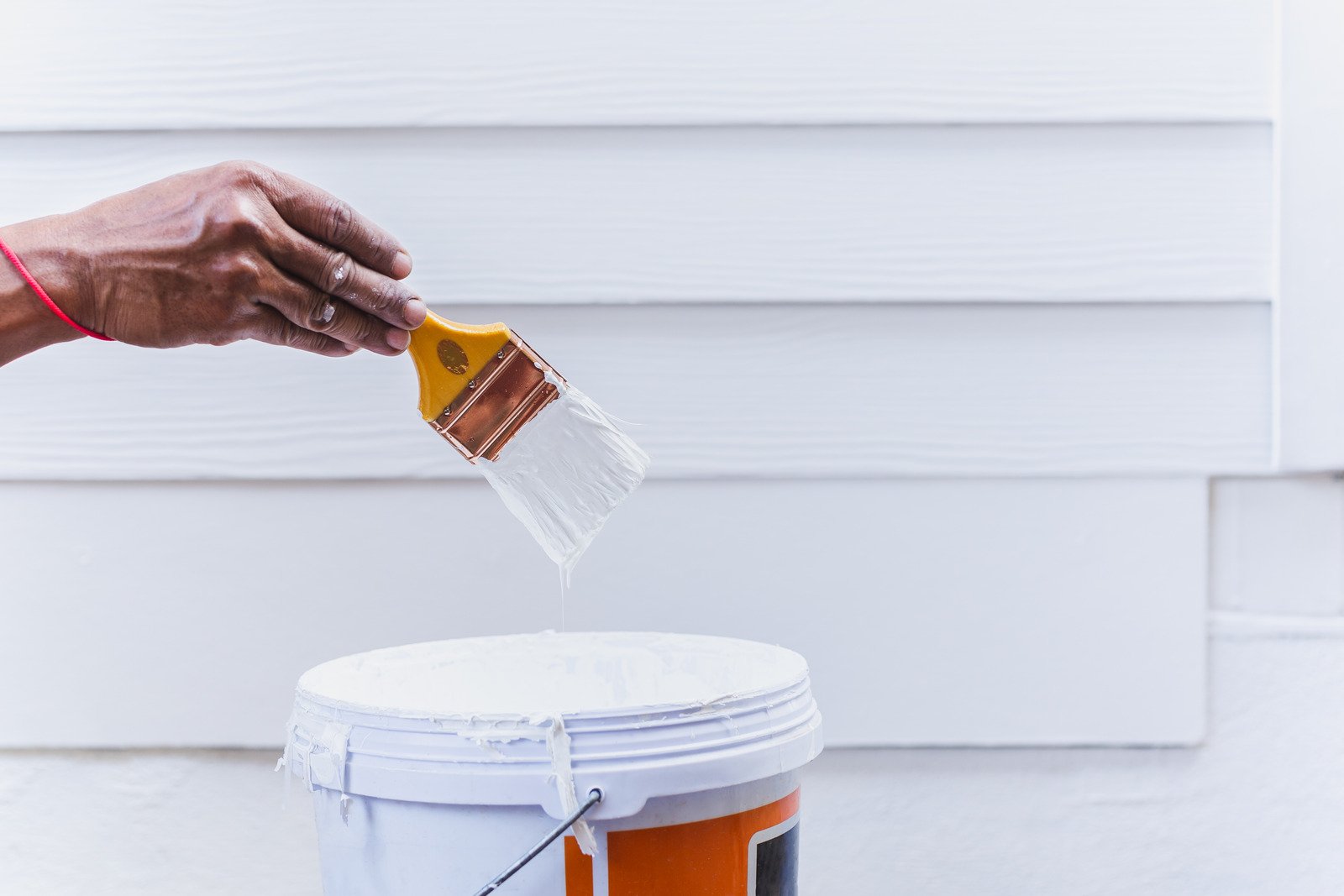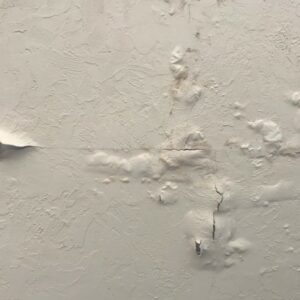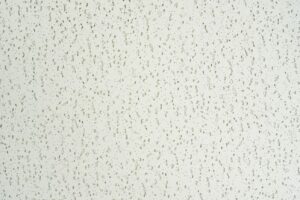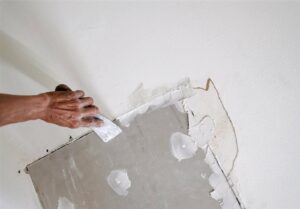When it comes to home improvement projects in Vancouver BC, painting the exterior of your home is one of the most impactful and cost-effective ways to enhance its curb appeal.
However, timing is everything when it comes to exterior painting – especially in a city that rains for over 6 months a year.
Painting your home at the wrong time can lead to a range of issues, including poor paint adhesion, uneven finishes, surfactant leaching (which can happen with interior and exterior paint) and a shorter lifespan for your paint job.
To ensure your project is successful, it’s essential to understand the best time of year for exterior painting and the factors that influence this decision.
Understanding the Importance of Timing
Painting an exterior requires more than just slathering on a new layer of paint. It has to do with shielding your house from the weather, making it look better, and maybe raising its worth.
The performance of an external paint job is significantly influenced by meteorological conditions like humidity, temperature, and precipitation. Our team often uses the Weather Network reporting and it helps target your area in Vancouver.
These factors have a direct impact on paint adherence, drying time, and finish quality overall. For this reason, choose the ideal season to paint your home’s exterior is essential to getting durable, expert effects.
To achieve the best results, it’s crucial to plan your painting project during mild weather conditions, typically in spring or early fall when temperatures are stable and humidity is low. Additionally, properly preparing the surface by cleaning, sanding, and applying a high-quality primer is among the ultimate tips for house painting to ensure optimal paint adhesion and longevity. With careful planning, you can enhance your home’s curb appeal while protecting it for years to come.
Considerations for Temperature
One of the most important things to consider when choosing the ideal time for outside painting is the temperature. In order to create a long-lasting, protective layer, paint must properly dry and cure. Too high or too low of a temperature might impede the drying process and cause a number of issues.
- Cold Temperatures: Most paint types, especially latex-based paints, have trouble adhering to surfaces and drying correctly when the temperature falls below 50°F (10°C). Low temperatures can cause the drying process to be slowed down, which can lead to poor coverage, a sticky finish, and eventually even paint peeling or breaking. Furthermore, the water content in latex paints can freeze in below-freezing temperatures, rendering the paint ineffective.
- Hot Temperatures: On the other end of the spectrum, extremely hot temperatures (above 90°F or 32°C) can cause paint to dry too quickly, leading to problems such as lap marks, blistering, and uneven finishes. In hot weather, the paint can start to dry before it’s fully applied, making it difficult to achieve a smooth, uniform coat.
For optimal results, most experts recommend painting when the temperature is between 50°F and 85°F (10°C to 29°C). This range provides ideal conditions for paint to dry and cure effectively, ensuring a durable and long-lasting finish.
Levels of Humidity
When organizing an outdoor painting project, humidity is still another crucial component to take into account. Excessive humidity can cause paint to take longer to dry, which can result in problems like sagging, wrinkling, or mildew growth. Conversely, extremely low humidity might lead to an uneven finish or brush marks as the paint dries too rapidly.
- High Humidity: The moisture in the air might prevent paint from drying properly under humid weather. This can make it more difficult for the paint to set, especially if there is morning dew or if the humidity suddenly rises after the paint has been applied. Extended periods of drying raise the possibility of dirt, debris, or insects adhering to the wet paint, which can ruin the finish.
- Low Humidity: While low humidity might seem ideal, it can also present challenges. In extremely dry conditions, the paint may dry too quickly on the surface, preventing it from leveling out and leading to a less smooth finish.
To avoid these issues, aim to paint when the relative humidity is between 40% and 70%. This range allows the paint to dry at a steady, controlled rate, reducing the risk of imperfections.
Tips for a Successful Exterior Painting Project
To ensure that your exterior painting project is a success, consider the following tips:
- Plan Ahead: Start planning your project well in advance. Consider the weather patterns in your area and choose a time of year when the conditions are most favorable.
- Check the Forecast: Before starting your project, check the weather forecast for several days in advance. Look for a period of dry, mild weather with stable temperatures.
- Prepare the Surface: Proper surface preparation is key to a successful paint job. Make sure the surface is clean, dry, and free of any loose or peeling paint. If the surface has been wet, allow it to dry completely before applying paint.
- Use High-Quality Paint: Invest in high-quality exterior paint that is designed to withstand the elements. High-quality paint will provide better coverage, durability, and protection for your home.
- Follow Manufacturer’s Instructions: Always follow the manufacturer’s instructions for the specific paint you are using, including recommended temperature and humidity ranges.
Question & Answer
1 Can you paint exterior concrete in the winter?
Answer: Yes, it’s possible – as long as the concrete is clean and is dry. Always prepare the concrete prior to painting and make sure there is no moisture.
2. Can you paint exterior wood siding in sub-zero temperatures?
Answer: No, you should not paint wood siding in sub-zero temperatures. (However, if the sun is shining and the temperature of the substrate is warm, you may have a short window of opportunity. Just keep in mind that when the sun goes down, you may have further issues.
3. Can you paint asphalt driveways?
Answer: Painting asphalt is not a preferred method of improvement. Yes, you can paint parking lines and other images on asphalt, however, if you wanted to improve your asphalt driveway, it’s best to source a local blacktop sealcoating company near you.
Conclusion
For any exterior painting project to have a polished, long-lasting finish, picking the ideal time of year is crucial. You can make sure your paint job will last and keep your house looking gorgeous for years to come by taking into account variables like temperature, humidity, and weather. You may get the greatest results by carefully planning and paying attention to detail whether you paint in the spring, summer, or fall. For the better advice you can also consider the experts from Drywall Medic, here are the details of them:
- Victoria, BC: #136 – 2936 Amy Rd, Victoria, BC, V9B 0B2, Contact Number- 250-880-8849,
- Vancouver, BC: 6894 192 St, Surrey, BC V4N 0B7, Contact Number- 604-913-4656




